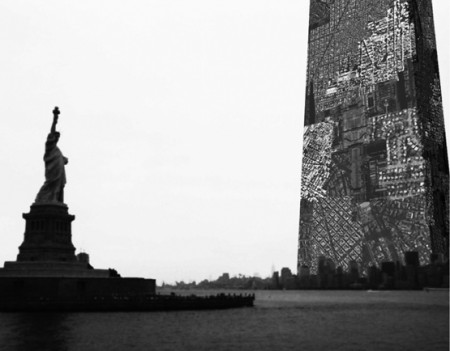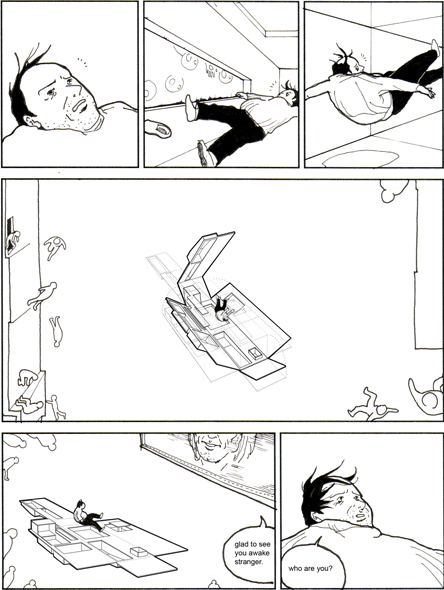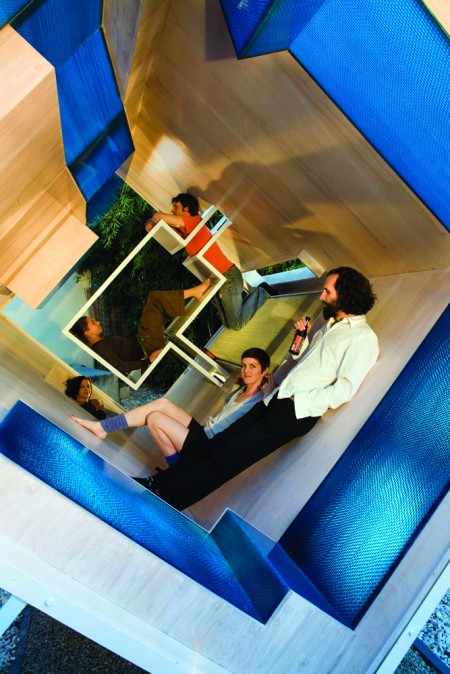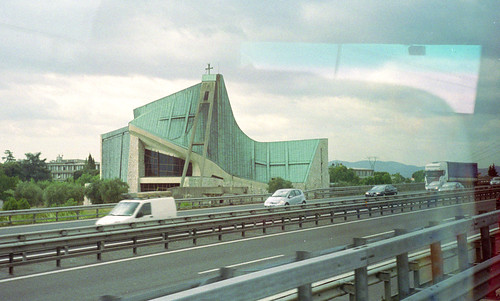The more I think about the better I like the term – even if I can’t discuss it with anyone at my office at the contractor’s and keep a somewhat serious appearance – (it’s hard anyway being an architect in those hallways). As the subthemes below indicates, Flesh is related to the structure of the body - seperating the containing and protective skin from the structural bones. Flesh is like matter itself; and from Biblical references discusses becoming of Architecture and its--- resurrection - well...
Unfortunately I couldn't locate an online program to link to but basically the theme is devided into four parallel explorations:
Flesh and Skin - explorations of the concrete surface;
Flesh and Bones - reinforcement and pre tensioning, fibre reinforcement, etc;
Flesh and Creation: the cast vs the designed form, on casting impossible forms in possible formwork;
Flesh and Resurrection: cradle to cradle perspectives tested through reusing concrete.
Tomorrow is the first day of the workshop and will feature lecturers from the School of Architecture at the University of Manitoba, Canada whom I'm very excited to hear and meet again: Mark West, CAST; Nat Chard, Dean; and Nada Subotincic.
[Natalija Subotincic, Freud at the Dining Table – Incarnate Tendencies, plexiglass and bone]
I know that Nada has been working with themes on Flesh and bone. Another reference about bones is my old hero Miguel Fisac whose Bone Beams will be featured among these pages soon!
I'll better pack - off to Sweden in the morning. Come to think of it - it's written nowhere that the workshop will include a single piece of fabric... but, hey - Mr West will be there - I'm pretty sure Ms Fabric will too!!









